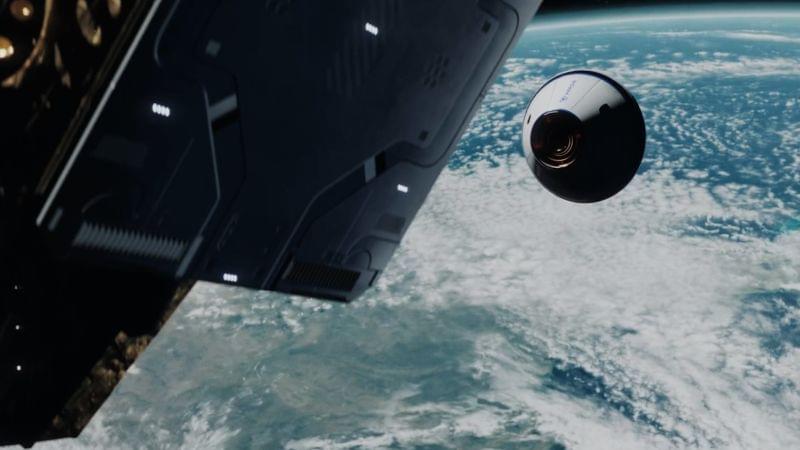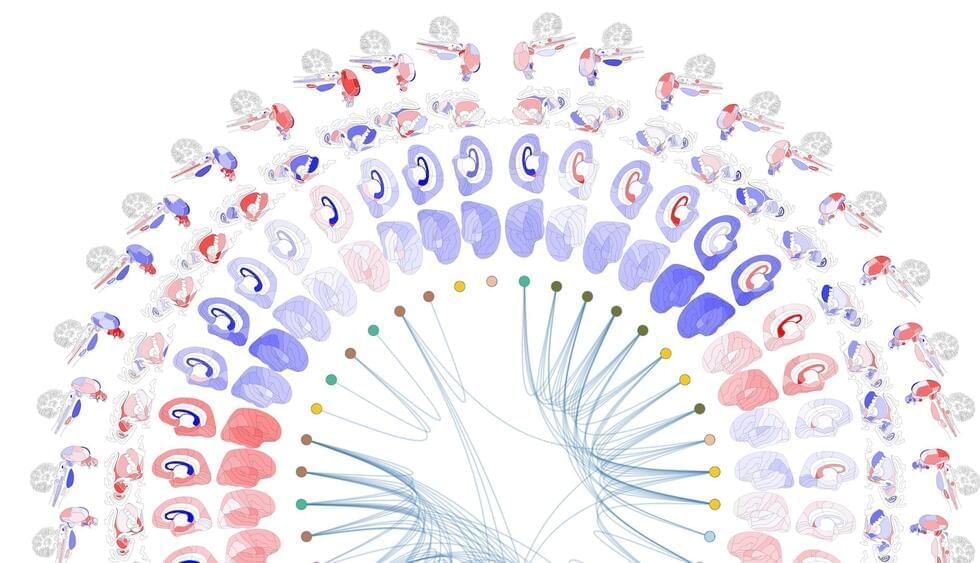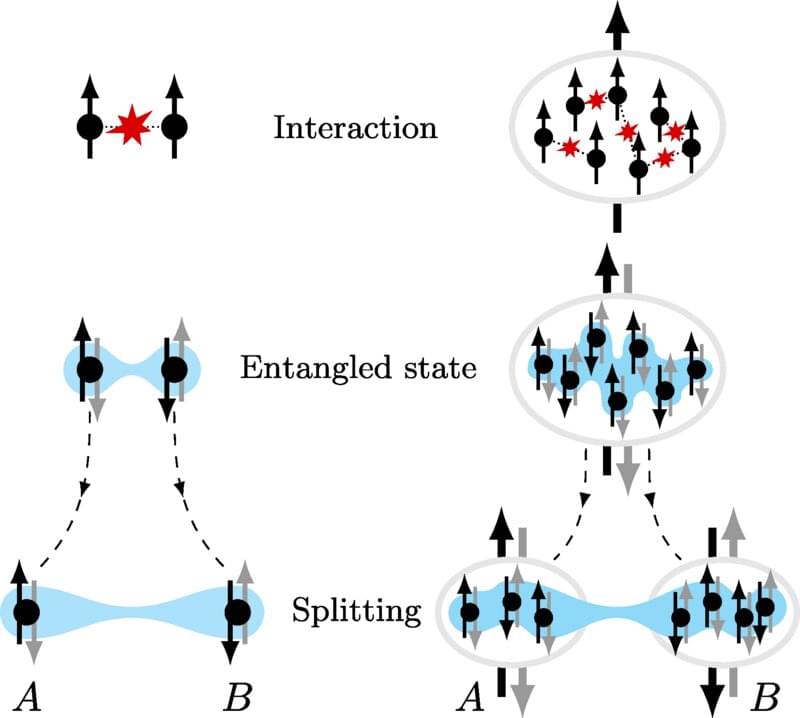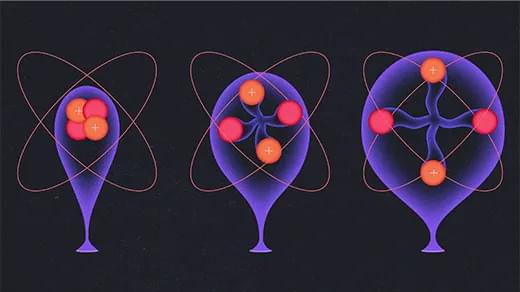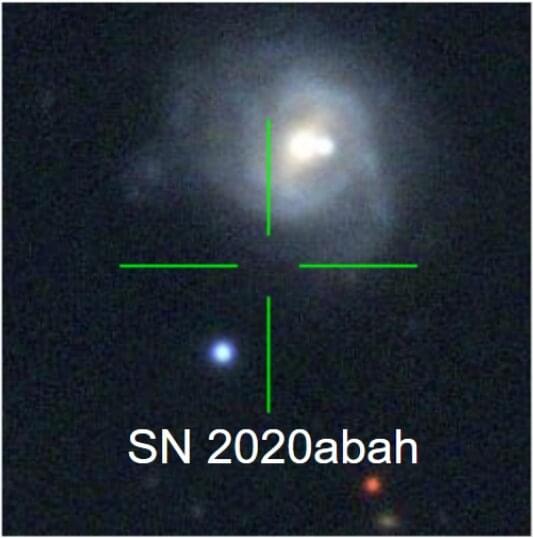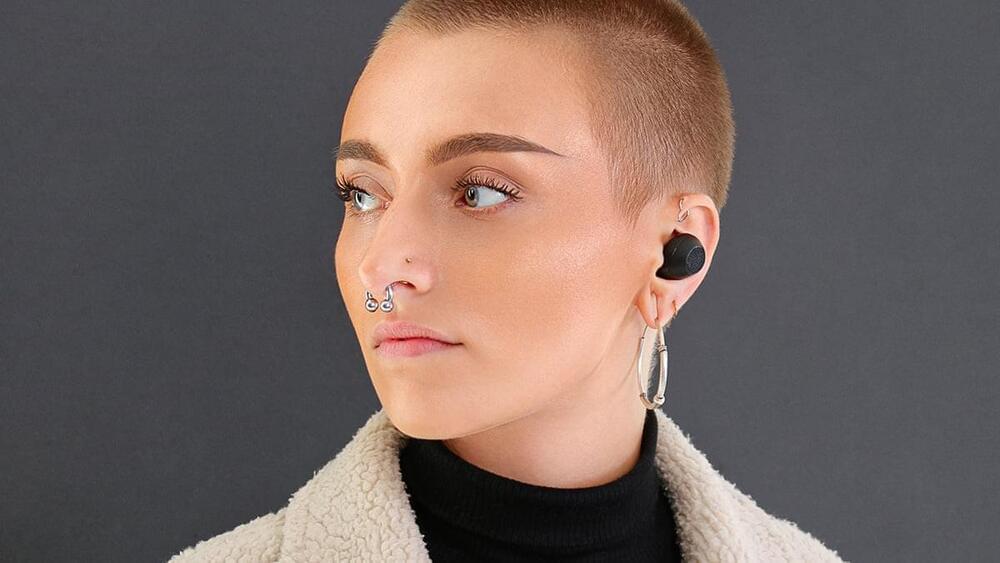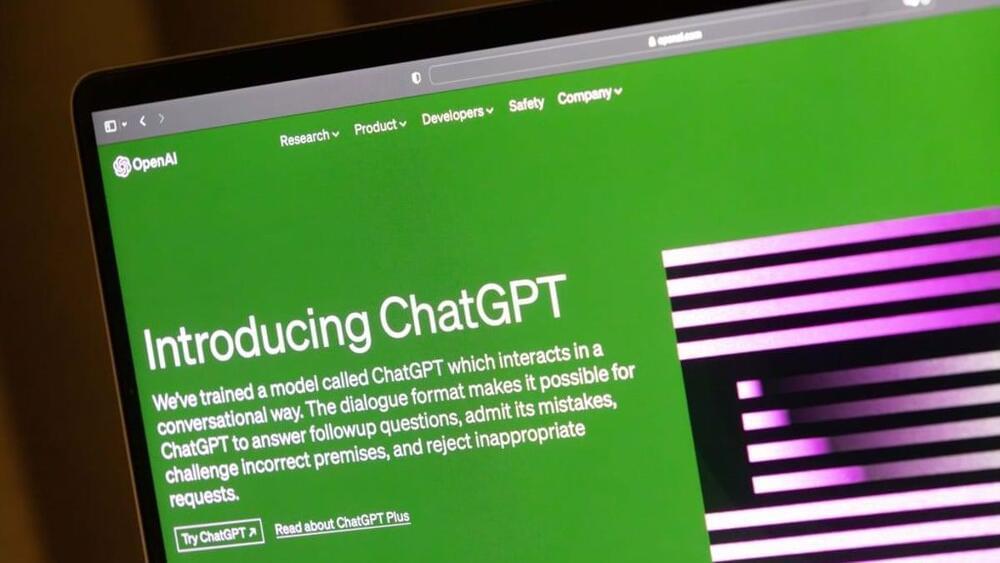One California-based startup, Varda Space Industries, is betting that big business will lie in relatively unassuming satellites that will spend days or months in Earth’s orbit quietly carrying out pharmaceutical development. Its research, company officials hope, could lead to better, more effective drugs — and hefty profits.
“It’s not as sexy a human-interest story as tourism when it comes to commercialization of the cosmos,” said Will Bruey, Varda’s CEO and cofounder. “But the bet that we’re making at Varda is that manufacturing is actually the next big industry that gets commercialized.”
Varda is expected to launch its first test mission Monday aboard a SpaceX rocket. A window for take-off from Vandenberg Space Force Base in California begins at 2:19 p.m. PT.
